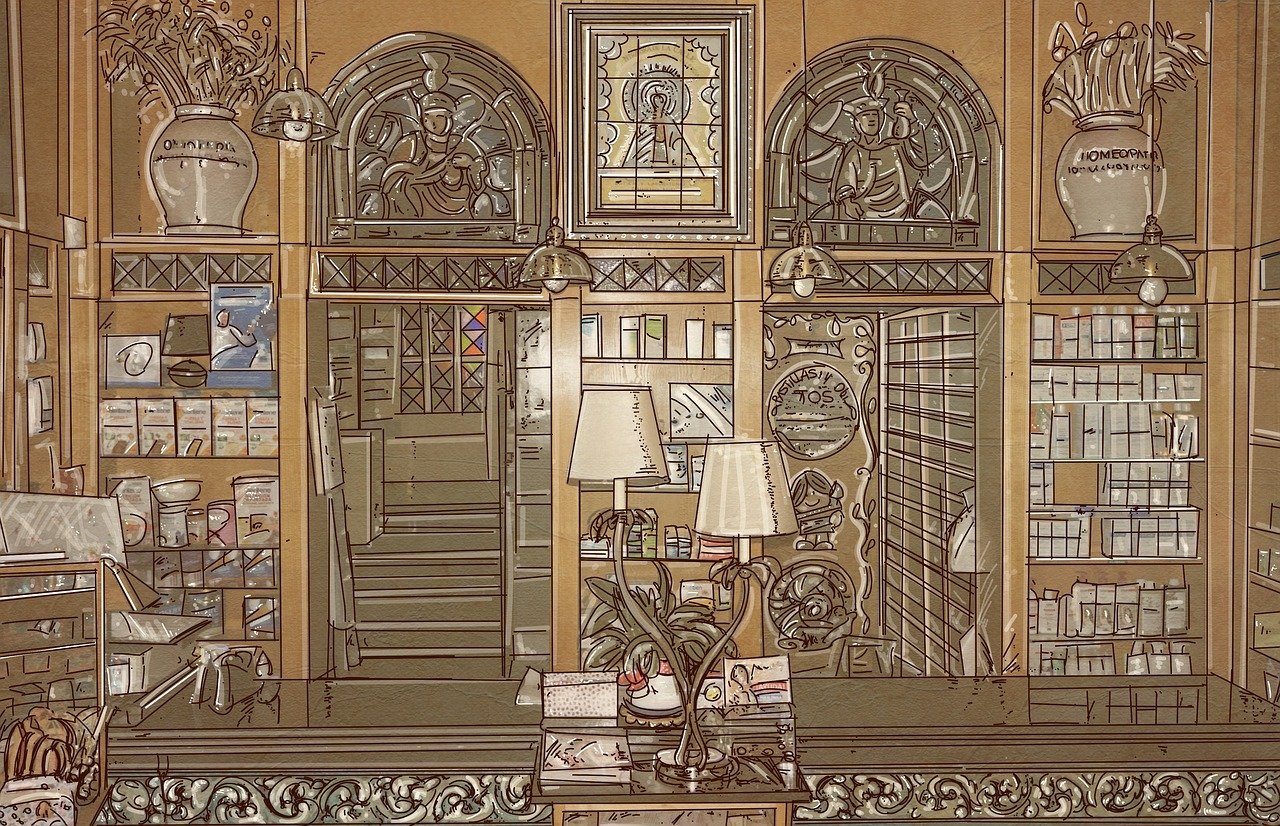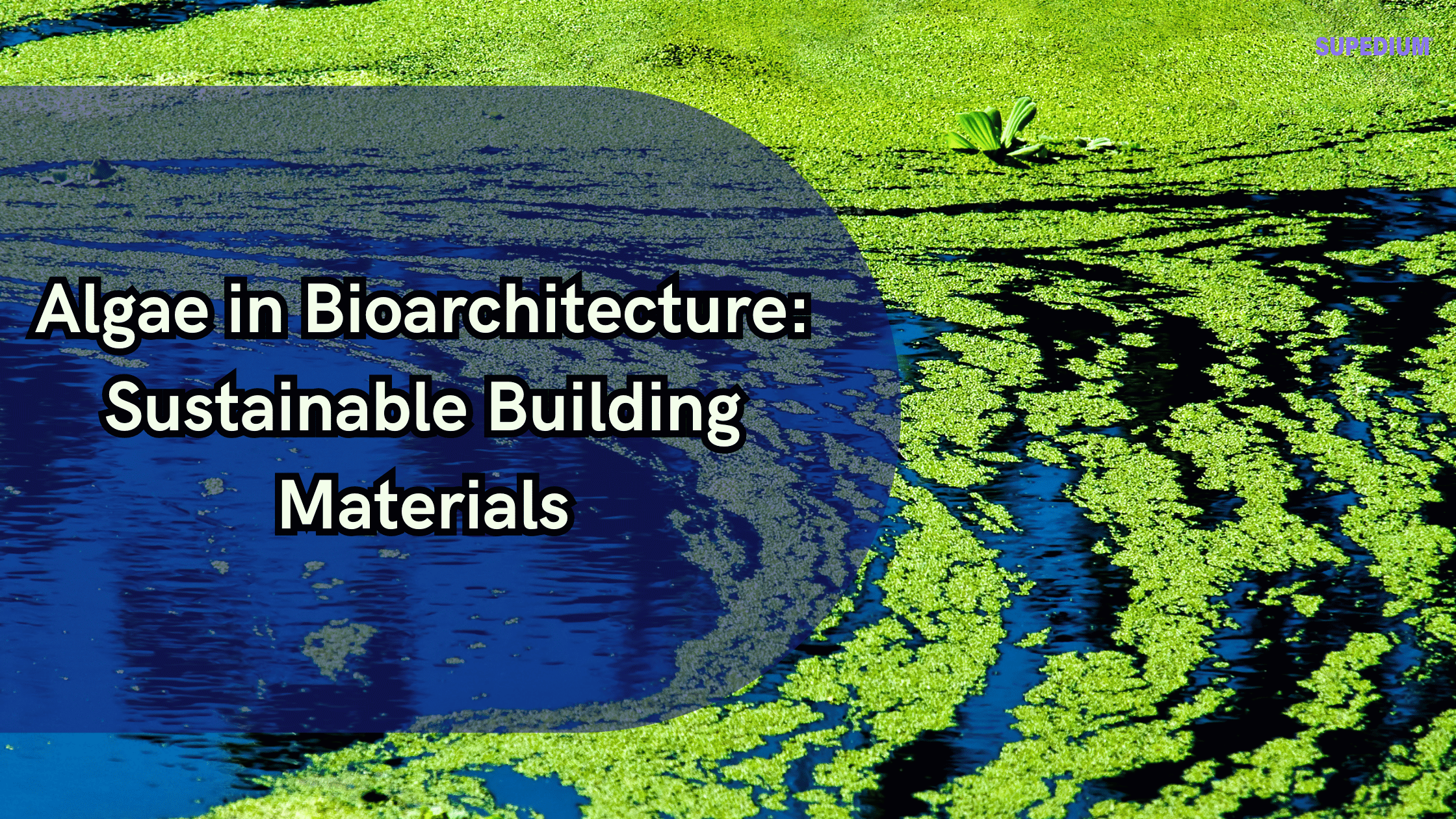Table of Contents
![]()
I. Introduction
Art therapy is a unique therapeutic approach that uses the creative process of making art to improve an individual’s mental, emotional, and physical well-being. Unlike traditional forms of art education or criticism, art therapy focuses on the process of creation as a means of self-expression and healing. It combines the fields of psychology and art, drawing on the therapeutic properties of artistic expression.
Historical Background
The roots of art therapy can be traced back to the early 20th century, with significant contributions from pioneers like Margaret Naumburg and Edith Kramer. Naumburg is often credited with establishing the field, emphasizing the importance of creativity in mental health. Over the decades, art therapy has evolved, gaining recognition in clinical settings, educational institutions, and community programs.
Importance of Art Therapy
Art therapy has garnered attention for its ability to facilitate healing and promote well-being. It serves as an invaluable tool for individuals facing various mental health challenges, enabling them to express emotions and explore personal experiences in a supportive environment.
II. Theoretical Foundations
Psychological Theories
Art therapy is grounded in several psychological theories. Psychodynamic theory emphasizes the exploration of unconscious thoughts and feelings through creative expression. Humanistic approaches focus on self-actualization and personal growth, while cognitive-behavioral techniques aim to address negative thought patterns through artistic activities.
Art as a Language
Art acts as a powerful non-verbal means of communication. Through colors, shapes, and forms, individuals can express emotions that may be difficult to articulate in words. Symbolism plays a critical role in art therapy, allowing clients to convey complex feelings and experiences through their creations.
Connection to Neuroscience
Recent studies in neuroscience have highlighted the profound impact of art on brain function. Engaging in creative activities can enhance emotional regulation, reduce stress, and promote overall mental health. The act of creating art stimulates various brain regions, fostering connections that support emotional resilience.
III. Techniques and Modalities
Types of Art Therapy
Art therapy can take various forms, including individual sessions, group therapy, and community-based programs. Individual art therapy provides a safe space for personal exploration, while group sessions foster social connections and shared experiences.
Art Materials and Processes
Art therapists utilize a wide range of materials, including drawing, painting, sculpture, and mixed media. Digital art and photography are also increasingly incorporated into therapy sessions, broadening the avenues for creative expression.
Common Techniques
Several techniques are commonly used in art therapy. Guided imagery and visualization help individuals explore their emotions through imaginative processes. Collage and assemblage encourage creativity and self-reflection, while expressive writing and journaling complement artistic activities, allowing for deeper exploration of thoughts and feelings.
IV. Populations and Settings
Target Populations
Art therapy is beneficial for a diverse range of populations. Children and adolescents can use art to process their feelings, while adults and seniors may find it helpful for coping with life transitions or grief. Special populations, such as individuals with PTSD, autism, or chronic illness, can also experience significant therapeutic benefits.
Therapeutic Settings
Art therapy can be practiced in various settings, including hospitals, clinics, schools, and community centers. Each environment offers unique opportunities for healing, whether through individual sessions or group activities.
V. Benefits of Art Therapy
Emotional and Psychological Benefits
Art therapy is known for its ability to reduce anxiety and depression, providing individuals with tools to cope with emotional distress. Engaging in creative expression can lead to increased self-esteem and self-awareness, fostering a deeper understanding of one’s emotions.
Social and Relational Benefits
Art therapy promotes improved communication skills and can strengthen relationships. In group settings, participants often share their experiences and support one another, creating a sense of community and belonging.
Physical Benefits
The physical act of creating art can lead to stress relief and relaxation. Additionally, engaging in artistic activities can enhance fine motor skills, providing physical benefits alongside emotional and psychological healing.
VI. Challenges and Limitations
Misconceptions about Art Therapy
Despite its benefits, art therapy is often misunderstood. Common myths suggest that it is only for individuals with artistic talent or that it lacks efficacy. Educating the public about the true nature of art therapy is essential for its acceptance.
Ethical Considerations
Ethical concerns, such as confidentiality and privacy, are crucial in art therapy. Practitioners must adhere to professional standards and guidelines to ensure a safe and supportive environment for clients.
Limitations of Research
While there is a growing body of research supporting art therapy, limitations exist in study designs and outcomes. More rigorous empirical studies are needed to validate its effectiveness and understand the mechanisms behind its therapeutic benefits.
VII. Future Directions
Integration with Other Therapies
The future of art therapy lies in its integration with other therapeutic practices. Combining art therapy with traditional approaches can enhance overall treatment efficacy, providing a holistic approach to mental health.
Advances in Technology
Advancements in technology are opening new doors for art therapy. Virtual reality and digital platforms are being utilized to create immersive therapeutic experiences, making art therapy more accessible to a wider audience.
Research and Evidence-Based Practices
As the field evolves, there is a pressing need for further research to establish evidence-based practices in art therapy. Continued exploration will help refine techniques and demonstrate the efficacy of art therapy in various contexts.
VIII. Conclusion
Art therapy is a powerful and transformative approach to mental health and well-being. By harnessing the creative process, individuals can explore their emotions, build self-awareness, and foster personal growth. As the field continues to expand, its potential for healing and resilience will only grow, promising a brighter future for those seeking support through art.
Share This





Be the first to comment